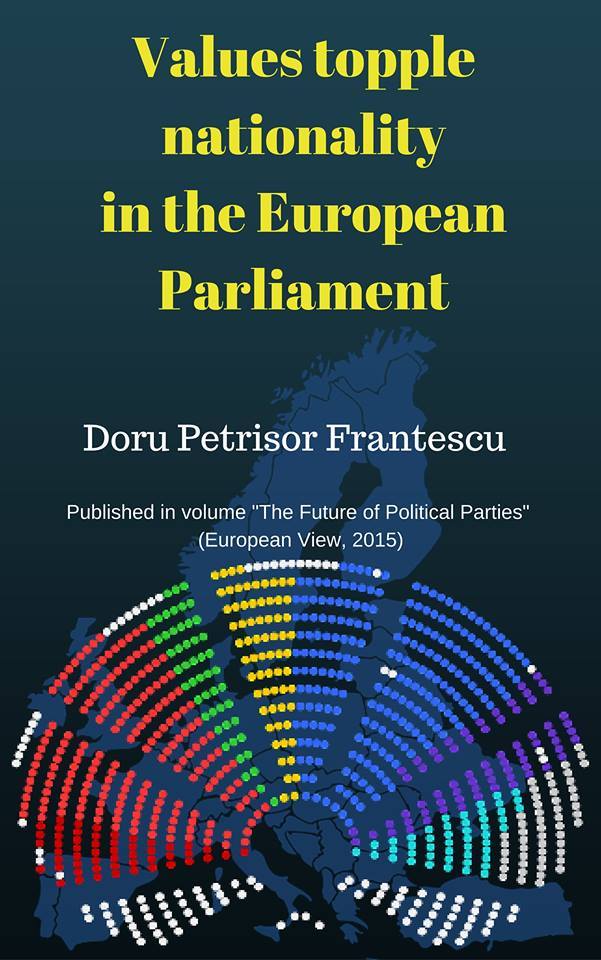Blog
Published in European View, 2015.
This article shows that the internal unity of EU political groups, the legislative arm of the EU-level parties, is surprisingly high, despite the increasing cultural and geographical diversity among member states as a result of successive EU enlargements. Members of the European Parliament come from 28 countries with very different economic situations, cultural contexts and religious traditions. Some are members of governing parties, while others are in opposition. And yet this article shows that, generally speaking, the socialising effect of being part of a group with shared values contributes significantly to shaping a common vision of what the future of the EU should be and how our societies should function. However, this process is not yet visible enough to the public. This lack of visibility could pose a significant challenge to creating a truly European public space and a genuinely democratic Union. Both are prerequisites to ensuring the EU’s key role in the world and the prosperity of its citizens.
Read full article on Springer.

Be the first to post a comment.